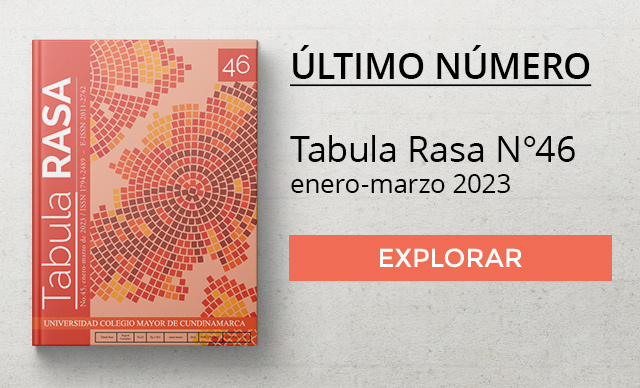https://doi.org/10.25058/20112742.193
Daniel Ruiz Serna
mathom6@hotmail.com
Universidad Nacional de Colombia
Abstract:
When in 1992 the United Nations Conference on Environment and Development held theEarth Summit in Rio de Janeiro, all the world’s countries agreed on biodiversity protectionas a fundamental strategy to slow down the accelerated disappearance of biological species,habitats and ecosystems. Drawing on the main environmental politics that the Colombianstate has advanced in this matter, I will examine the ways in which these politics have beenplayed out in a particular region: the National Nature Park of La Macarena in Colombia.Emphasis will be placed on the ways in which the different actors present in the area (farmers,guerrillas, NGOs, and the State) have constructed from their own perspectives a complexnetwork of meaning on the causes and consequences of finding themselves in a reserve thatwas declared Biological Patrimony of Humanity in 1933. Although those actors have differinginterpretations and interests, we can see some commonality in their discourses regarding thedesirable outcome (improvement of quality of life, development, productivity, etc.), themain controversy being the means by which this is to be achieved.
Keywords: Biodiversity protection, environmental politics, La Macarena.







